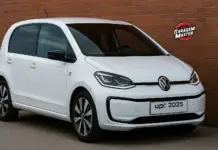It is difficult to imagine a market or segment in which the beetle has not left its mark. From its popularity in Brazilian families to its role as a youth car and even a police vehicle, the beetle was present in many ways in the lives of Brazilians. If you think that the beetle It was just an ordinary car, it is good to reconsider, as it also played an important role in areas such as Civil Police It is Military, being used as a vehicle in several cities in Brazil.
Between the decades of 1960 and 1980, O beetle established itself as a constant presence on the streets, and for many, it was almost a certainty in life: sooner or later, you would end up driving or being transported by one beetle. And the most impressive thing is that this car, which seemed simple and even fragile, played a crucial role in the police vehicles of the time.
Beetle: Police Vehicle in the 60s and 70s
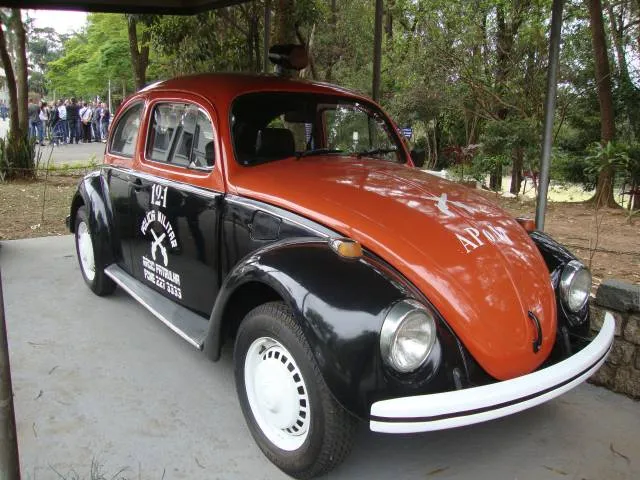
When we think of police vehicles, it's easy to imagine powerful cars It is fast as the Maverick V8, O Opal V6, O Passat TS or the Corcel GT, cars that were symbols of power on the streets during the 60s, 70s and early 80s. However, the beetle, with its simple appearance and modest engine, was one of the main vehicles used in police vehicles from Brazil.
Many people wonder: how could a car like this beetle, with a relatively low speed and an appearance that could be considered fragile, be used by an institution of such importance as the police? The answer was not in power or top speed, but in durability It is resistance of the car.
The Secret to Durability: A Vehicle for Long Journeys
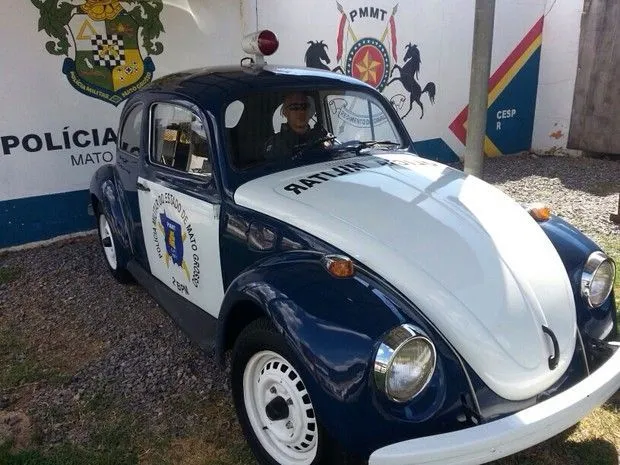
The big secret of beetle was not in its brute strength, but in its ability to run for hours on end, in a way efficient It is economic. In an era where sports cars were water-cooled, consumed a lot of fuel and required constant maintenance, the beetle It was a real working machine.
A vehicle beetle could run 24 hours a day, with only a few stops to refuel and change police shifts. In many cases, these vehicles would remain on the road for weeks without the need for any major repairs, except for oil changes and maintenance of the platinum (a component of the ignition system), which occurred every 20 or 30 days.
This was due to the simple design of the beetle, which had an engine 1.6 air-cooled. This feature allowed the car to be more economic, less prone to overheating and easier to maintain, especially in more remote areas where access to workshops and spare parts could be limited.
Beetle vs. Powerful Cars: The Challenge of Pursuits
Many may find it hard to believe, but the beetle, with its limited speed, had a great advantage on the streets: the patience. Although a Maverick V8 or Opal V6 were superior in terms of maximum speed, the beetle was not committed by lack of constant maintenance or by high fuel consumption.
When we talk about persecution, it is important to understand the concept of group vehicles. Imagine that, while the beetle could not reach a sports car of high performance, it could, indeed, be an excellent vehicle for joint pursuit. In many cases, three or four Beetles followed a offender, working together, keeping our distance, until the sports car was forced to stop due to driver fatigue or exhaustion. The beetle was always ready to continue the chase, due to his low fuel consumption It is high resistance.
This type of strategy was essential for the police at the time, especially in large cities where offenders tried to escape from the police in high-performance cars. With the help of patrol cars beetle, the police could set up a more efficient siege, and the offender would eventually be captured, not because of speed, but because of patience and by ability to run for hours on end.
Change in the 80s: Beetle Loses Space to More Modern Models
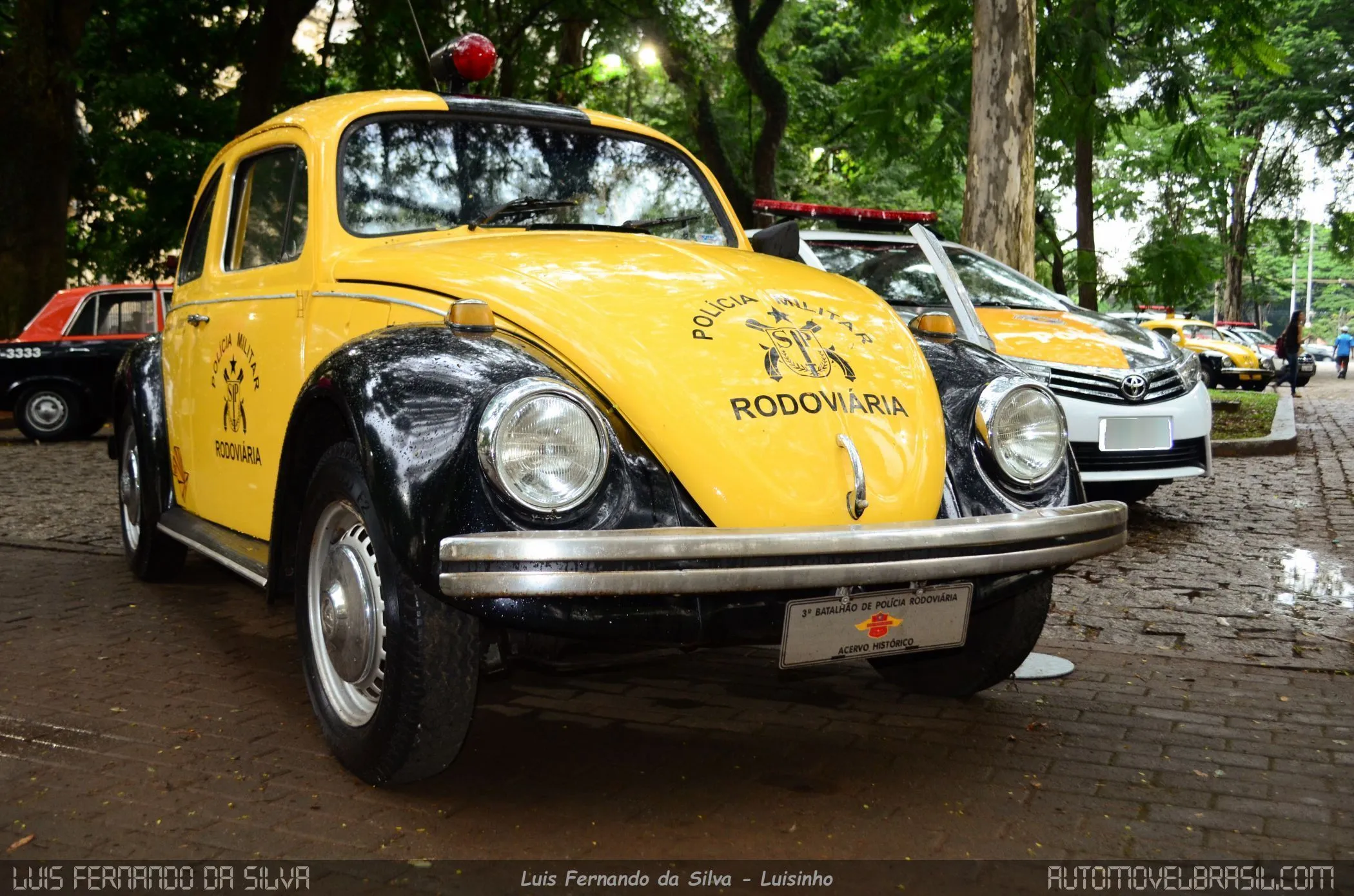
In the early 1980s, the technology automotive industry has advanced significantly. Models such as the Fiat Uno, O Goal, O Chevette 1.6/S and Escort began to dominate the market. These cars were more modern, had more efficient engines and were better prepared for the needs of the streets. beetle, although still loved by many, has become increasingly outdated for the new times, especially for the police.
The evolution in police cars in the 80s brought more vehicle options with performance It is comfort superiors, such as the Goal and Escort, which were faster and more economical in terms of fuel consumption. Therefore, the beetle began to be replaced by these new models, which better met the performance requirements in persecutions and in urban mobility.
The Legacy of the Beetle as a Vehicle
Despite having been replaced by more modern models in police vehicles, O beetle left an important legacy. It was one of the first cars to prove itself efficient It is reliable for a job that required resistance It is economic, something that most other cars could not offer to the same extent.
Today, the beetle is still fondly remembered by those who lived during the time of its street use as police vehicle. The stories of his long journeys, of persecutions and of his tireless endurance, are part of the collective imagination and reinforce the image of beetle like a robust car that knew how to handle the demands of everyday life.
Beetle as a Relic: A Growing Value in the Market
Today, the beetle is no longer used as a police vehicle, but it remains a relic that attracts the attention of collectors and classic car enthusiasts. In the market for classic cars of 2024, a beetle in good condition can reach significant prices, ranging from R$ 30,000 The R$ 50,000 depending on the year, condition and history of the car.
Some rare versions, like the Beetle 1300 or the Beetle Gold Series, can reach even higher values, surpassing the R$ 100,000 in auctions and private negotiations. This shows how the beetle, even after so many years, continues to be a symbol of resistance and a true automotive icon.
Conclusion: The Beetle and Its Incredible Journey
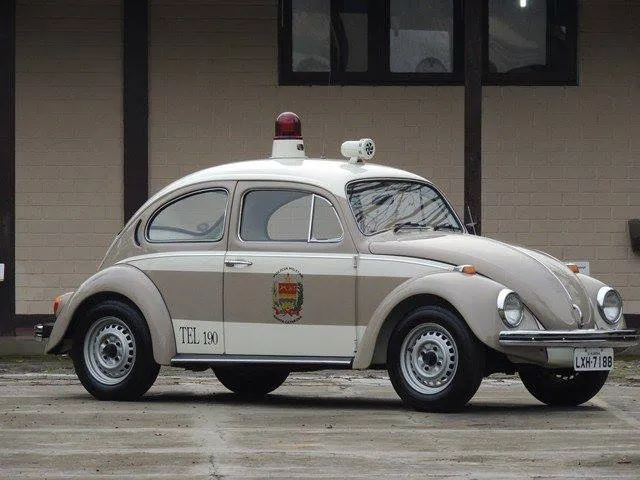
O beetle was more than just a popular car. It played important roles in Brazilian society, including that of police vehicle. Its strength, economy and reliability made it the perfect choice for the police in the 60s, 70s and early 80s. Although it was replaced by more modern models in the 80s, the beetle left a legacy that remains alive to this day. Its value in the classic car market and its popularity among collectors show that, even after so much time, beetle It is still one of the most loved and respected cars in Brazil.

